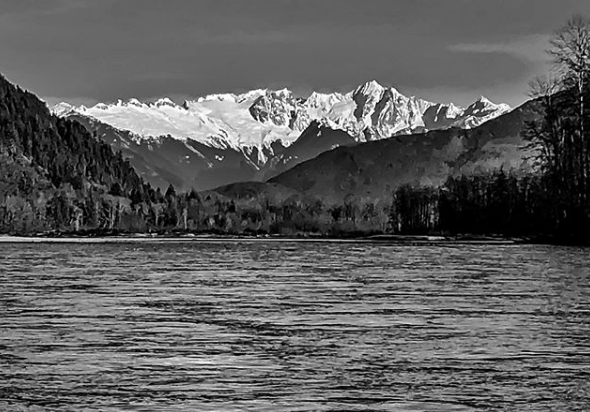
From the Wild Steelhead Coalition:
For years, we have been working with the angling community to protect and restore the Skagit River’s imperiled wild steelhead – from investing in critical habitat projects such as the restoration of Barnaby Slough to advocating for the Skagit to become a Wild Steelhead Gene Bank. As a result of this work, the Skagit wild steelhead population is trending upward and both angling opportunities and fishing quality have been on the rise. This hard-earned progress has been thrilling to witness and experience on the water.
Unfortunately, this progress could be undone if the British Columbian government greenlights Imperial Metals’ recent permit application to open a new industrial mining operation at the Giant Copper property in the headwaters of the Skagit River, just over the Washington-British Columbia border. The risk of a mining disaster in the Skagit – home to Puget Sound’s healthiest remaining runs of wild salmon and steelhead – is simply unacceptable and must be avoided.
Copper mining is always a destructive practice that can seriously harm wild fish populations and sensitive ecosystems. However, making matters worse, this project is being undertaken by Imperial Metals, the company responsible for the infamous Mount Polley mine disaster of 2014 that dumped more than 2.6-billion gallons of toxic sludge into the Fraser River watershed. This catastrophe was one of the biggest environmental disasters in Canadian history, and it is appalling that this irresponsible company may be granted the right to conduct dangerous mining operations in the Skagit headwaters.
That’s why it is critical that we continue to fight for the Skagit River and its wild steelhead by speaking up and urging the British Columbia provincial government and Premier John Horgan to deny this risky mining application as well as to put a stop to new mining, logging, and road-building in the unprotected “Donut Hole” in the upper Skagit Watershed.
Please join with the growing community of American and Canadian anglers, conservation groups, elected officials, resource agencies, as well as the leaders of Washington Treaty Tribes and British Columbia First Nations who are working to stop this destructive mining project before it’s too late.





